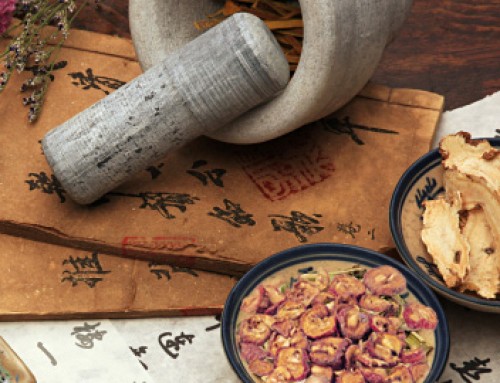蒼耳子
Xanthium fruit (Cang’erzi)
Pharmaceutical Name: Fructus Xanthii
Botanical Name: Xanthium sibiricum Patr.
Common Name: Xanthium fruit, Cocklebur fruit
Source of Earliest Record: Shennong Bencao Jing
Part Used: The fruit is gathered in autumn, dried in the sun and then baked till the thorns fall off.
Natural Properties & Taste: Pungent, bitter, warm and slightly toxic
Meridians: Lung
Therapeutic Effects:
1. To open the nasal cavities.
2. To dispel wind and dampness.
3. To stop pain.
Indications:
1. Rhinorrhea manifested as headache, nasal obstruction, runny nose and loss of smell. Xanthium fruit (Cang’erzi) is used with Magnolia flower (Xinyi) and Dahurian angelica root (Baizhi) in the formula Cang’er San.
2. Wind-damp bi syndrome manifested as joint pain and spasms of the limbs. Xanthium fruit (Cang’erzi) is used with Clematis root (Weilingxian), Cinnamon bark (Rougui), Atractylodes rhizome (Cangzhu) and Chuanxiong rhizome (Chuanxiong).
Dosage: 3-10 g
Cautions & Contraindications: This herb is contraindicated in headache due to blood deficiency. Overdosing will produce toxins and give rise to vomiting, abdominal pain and diarrhea.






